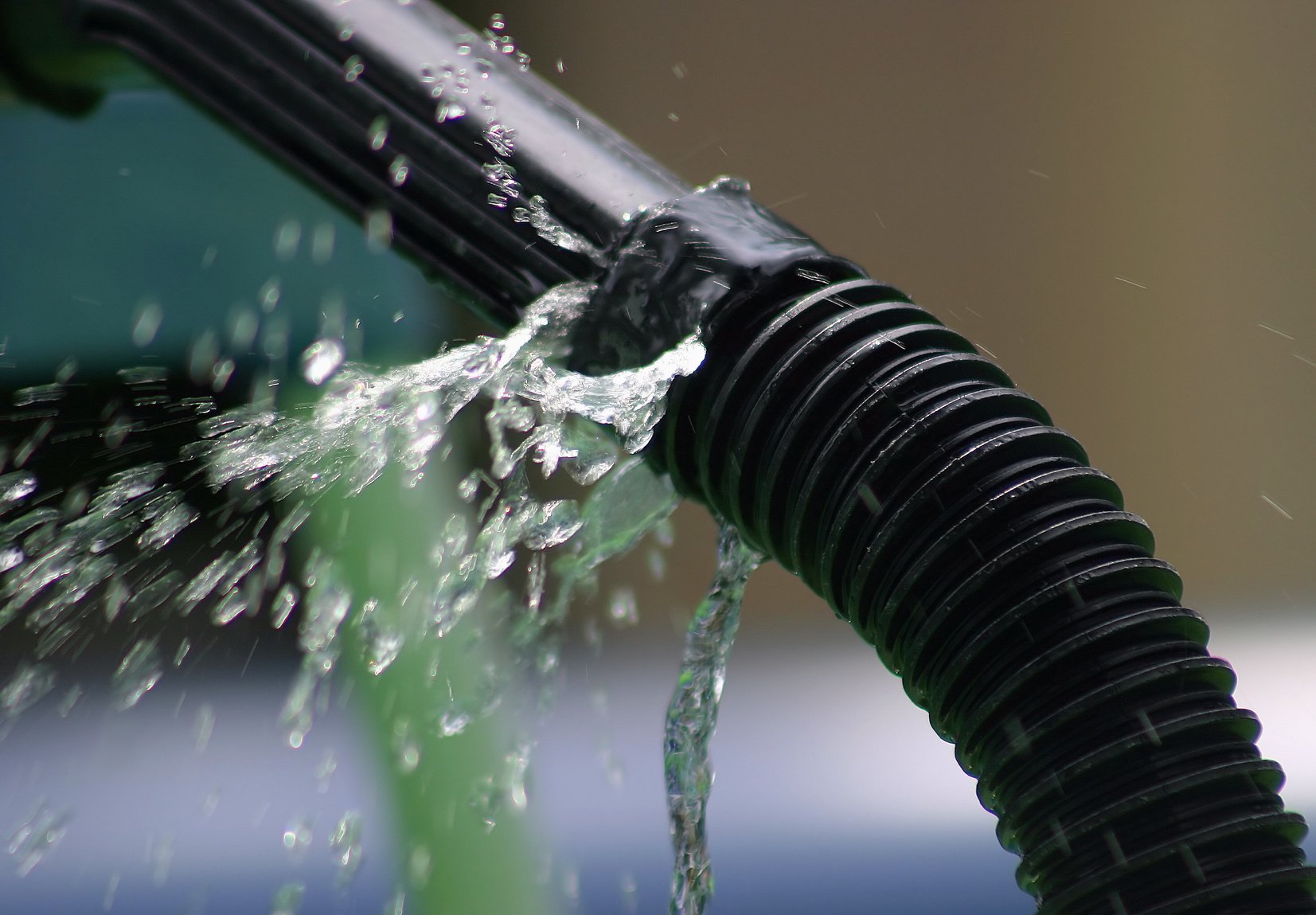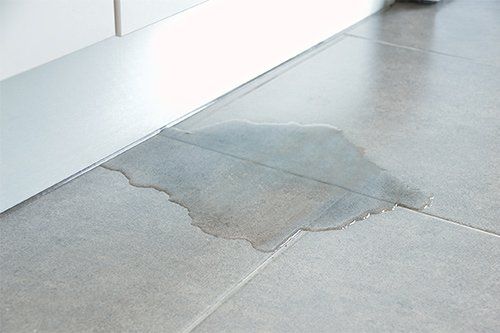Spotting and Fixing the Six Most Common Water Leaks in Your Home
Spotting and Fixing the Six Most Common Water Leaks in Your Home
Blog Article
We've stumbled on this post about How to detect water leaks in your home directly below on the net and accepted it made good sense to write about it with you over here.

Leaks not just trigger waste of water but can additionally trigger unnecessary damages to your residence as well as promote undesirable organic growth. By looking and understanding for day-to-day circumstances that cause leakages, you can protect your residence from future leaks and also unneeded damage.
Instantaneous temperature level changes.
Severe temperature adjustments in our pipes can cause them to increase as well as get suddenly. This expansion as well as contraction might trigger splits in the pipes, specifically if the temperature are below freezing. If you kept an eye on exactly how your plumbing works, it would be best. The visibility of the previously stated situations frequently suggests a high risk.
Rusty water supply
As time passes by, your plumbing system ages and rust such as corrosion might start eating away the pipelines. This could be the reason for staining or warping on your water pipes. This requires an inspection with your plumber promptly. If our plumbing system is old, consider replacing the pipes since they are at a higher danger of deterioration than the more recent models.
Faulty Pipeline Joints
The factor at which your pipelines link is regularly the weakest link in the waterline. Pipe joints can weaken gradually, leading to water leakages. The majority of pipe joints are not easily visible. If you have loud pipelines that make ticking or banging sounds, particularly when the hot water is turned on, your pipe joints are probably under a great deal of stress. It is suggested to have your plumber evaluate your system yearly.
Elbowing in origins
A lot of water leaks start outside your house instead of inside it. If you discover a sudden decline in water stress, state in your tap, take time to go out and analyze your backyard. You may notice damp spots or sinkholes in your lawn, which may mean that tree origins are getting into water lines causing water to permeate out. You can have your plumber look for intrusion, particularly if you have trees or bushes near your home.
Poor Water Connectors
At times, a leak can be created by loose tubes as well as pipelines that supply your devices. In case of a water links leakage, you might notice water running directly from the supply line or pools around your appliances.
Blocked Drains
Clogged drains could be bothersome and also inconveniencing, however they can occasionally end up triggering an overflow bring about burst pipelines. Keep eliminating any kind of materials that may drop your drains that could block them to stay clear of such inconveniences.
All the above are root causes of leaks but not all water leaks arise from plumbing leakages; some leakages may originate from roof leaks. All leaks need to be repaired quickly to avoid water damages.
Leaks not just create waste of water but can also trigger unneeded damages to your home and also advertise unwanted organic development. By recognizing and also looking for day-to-day situations that cause leakages, you can safeguard your home from future leakages and also unneeded damage. Today, we will certainly look at 6 leak triggers that might be causing your pipes to drip.
At times, a leakage can be caused by loose hoses and pipelines that provide your appliances. In situation of a water links leak, you may see water running straight from the supply line or pools around your devices.
How To Check For Water Leak In Your Home
How To Check for Leaks
The average household's leaks can account for nearly 10,000 gallons of water wasted every year and ten percent of homes have leaks that waste 90 gallons or more per day. Common types of leaks found in the home are worn toilet flappers, dripping faucets, and other leaking valves. These types of leaks are often easy to fix, requiring only a few tools and hardware that can pay for themselves in water savings. Fixing easily corrected household water leaks can save homeowners about 10 percent on their water bills.
To check for leaks in your home, you first need to determine whether you're wasting water and then identify the source of the leak. Here are some tips for finding leaks:
Take a look at your water usage during a colder month, such as January or February. If a family of four exceeds 12,000 gallons per month, there are serious leaks.
Check your water meter before and after a two-hour period when no water is being used. If the meter changes at all, you probably have a leak.
Identify toilet leaks by placing a drop of food coloring in the toilet tank. If any color shows up in the bowl after 10 minutes, you have a leak. (Be sure to flush immediately after the experiment to avoid staining the tank.)
Examine faucet gaskets and pipe fittings for any water on the outside of the pipe to check for surface leaks.
Undetected water leaks can happen without the home or business owner even realizing. If you suspect a water leak, but not able to find the source. It is time to contact a professional water leak detection service, The Leak Doctor.
How To Find a Water Leak In Your Home
https://www.leakdoctor.com/blog/How-To-Check-For-Water-Leak-In-Your-Home_AE197.html

As a serious person who reads about How to detect water leaks in your home, I assumed sharing that post was a good thing. Liked our blog entry? Please share it. Let other people locate it. Thanks for your time. Visit us again soon.
Click Here To Find Out More Report this page